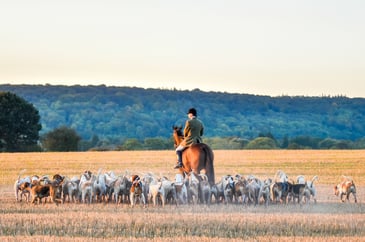
Defra is reviewing GL45 in light of newly...
In March, Defra issued its new general licence GL45, which covers the release of gamebirds in and...
about this blogRead more
Choose the winners of the Countryside Alliance Awards in Scotland, Wales and Northern Ireland.
VOTE NOW
The Countryside Alliance's Great Annual Gun Draw is back with a bang, giving you the chance to win a Vanguard 3003 Shotgun from renowned British gunmakers, Longthorne. This is the perfect shotgun for those looking to future proof themselves for the transition away from lead, with a true statement of style.
Enter the draw
In March, Defra issued its new general licence GL45, which covers the release of gamebirds in and...
about this blogRead more
New masters of hounds from hunts across the country gathered at Stratford Racecourse on Saturday 20...
about this blogRead more
The Scottish Green Party has been ejected from the Scottish Government this morning (25 April) by...
about this blogRead moreSupport our campaigning work to promote and protect the rural way of life.
Trail-hunting involves laying of a scent across the country which a pack of hounds then searches for and follows using their noses. The season starts in the autumn and continues throughout the winter, with most packs finishing during March.
In Britain we are rightly proud of our shooting sports. Game management and conservation help shape and enhance our landscape, and wildlife thrives where land is managed for shooting.
Fly-tipping is one of the more common crimes committed in rural areas, causing serious issues for those who are left to deal with it.
Your support has helped us challenge misinformation and bias against the countryside; enabled us to secure a sustainable and long-term future of rural pursuits; and ensures we can promote the educational benefits of being involved in the natural environment.
We are the most effective campaigning organisation in the countryside.